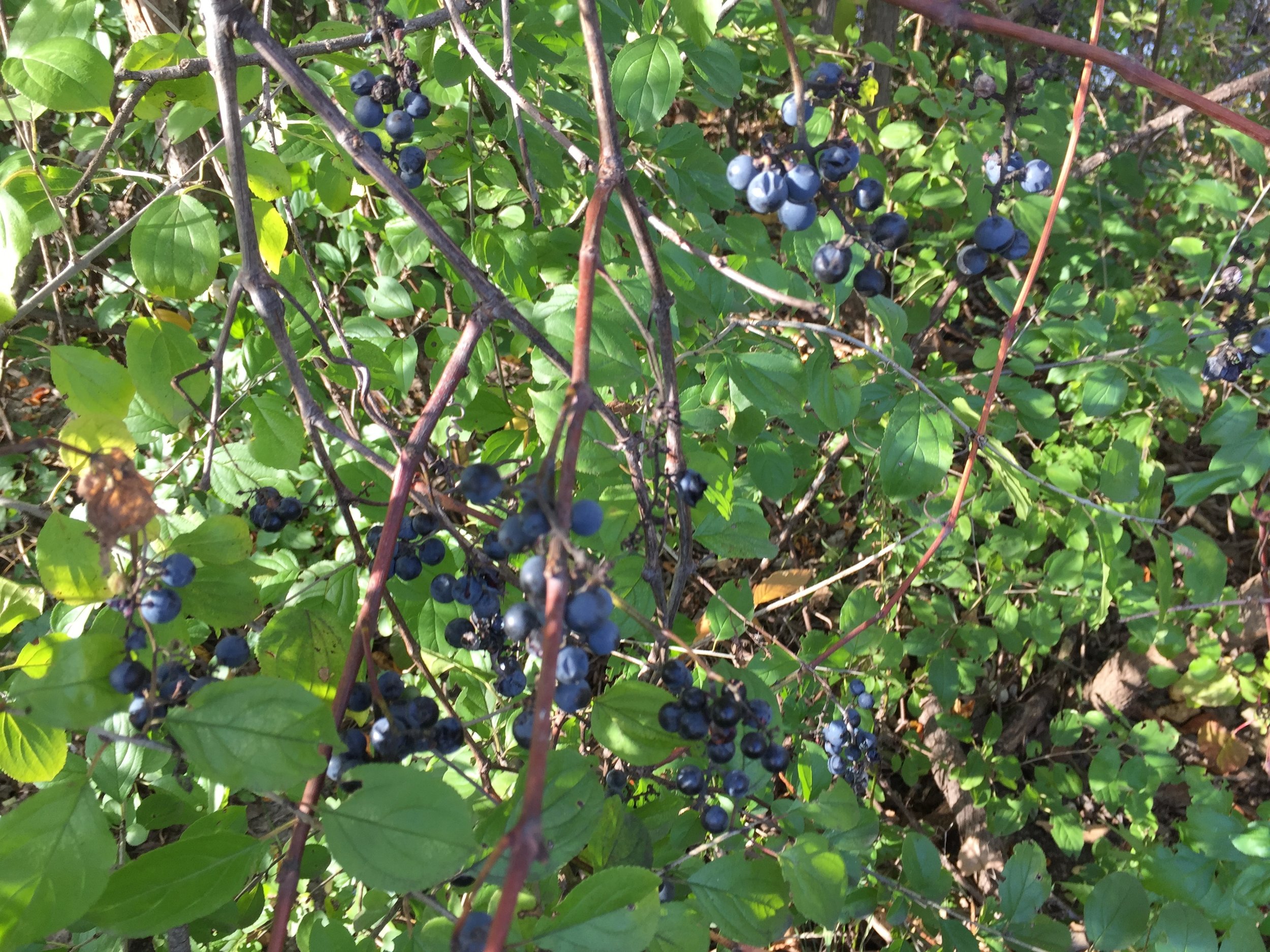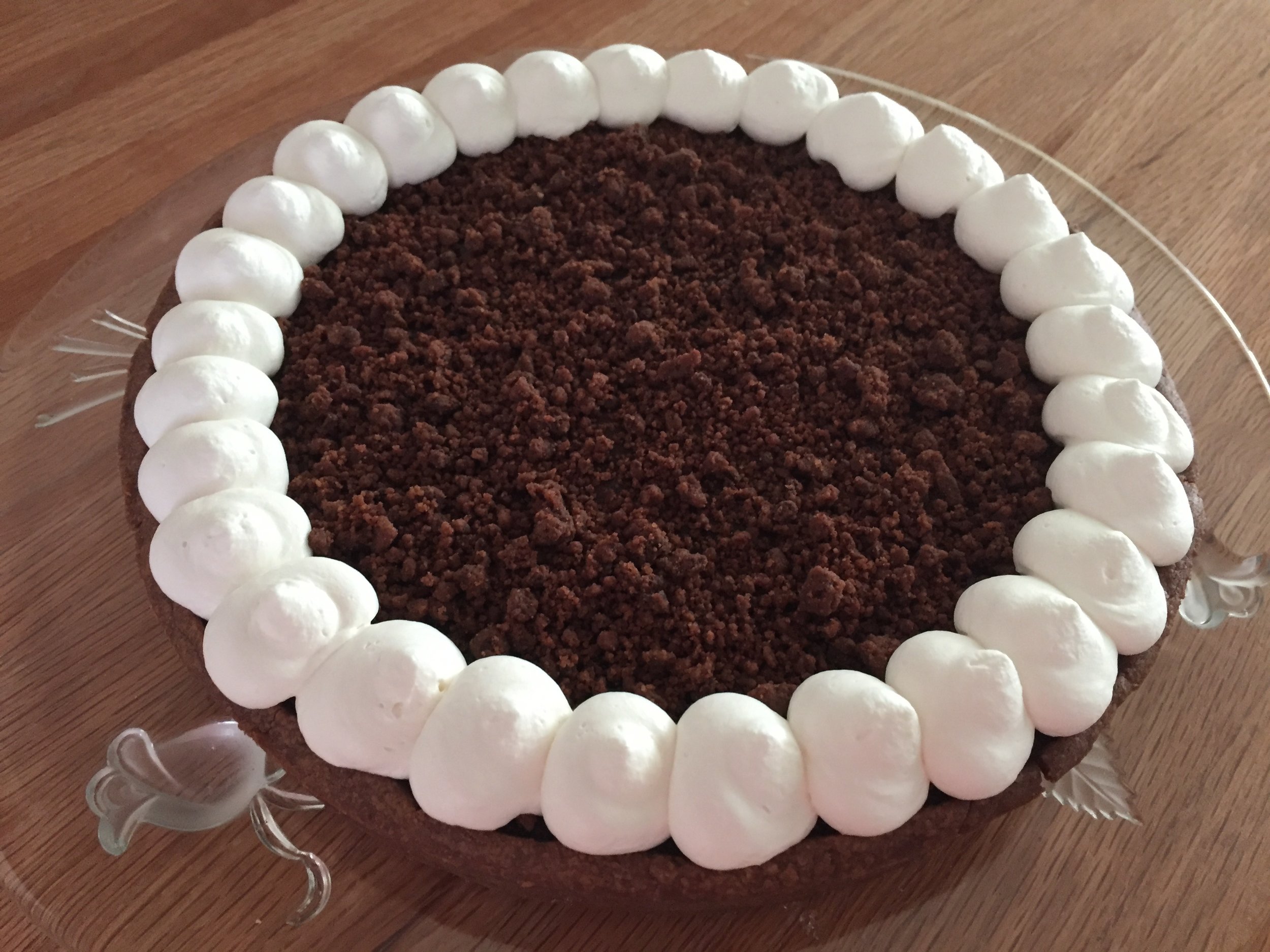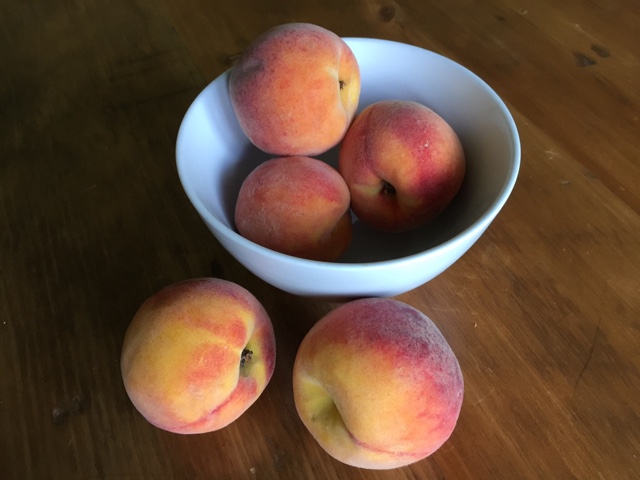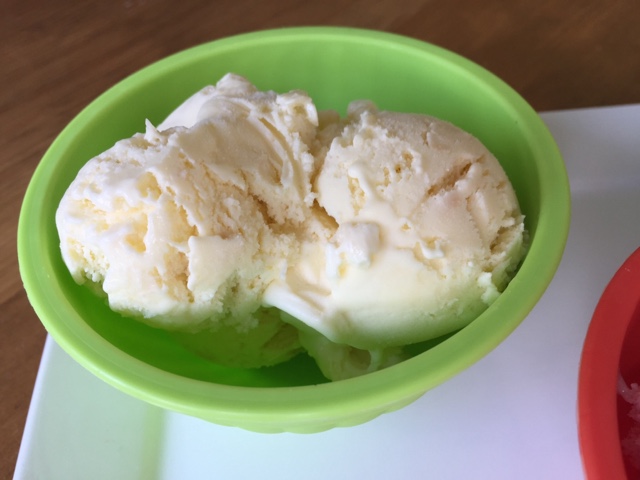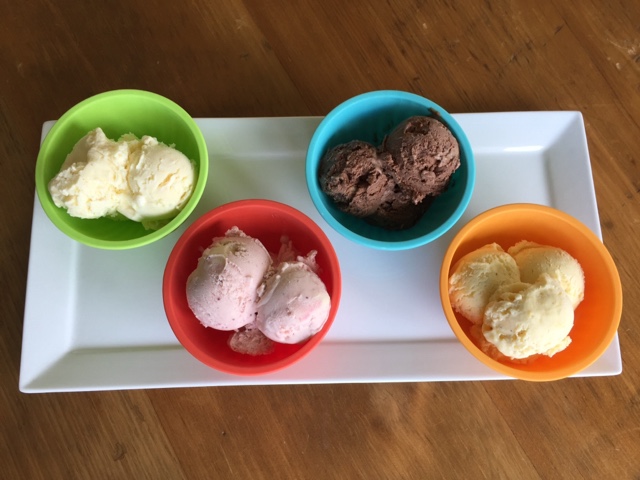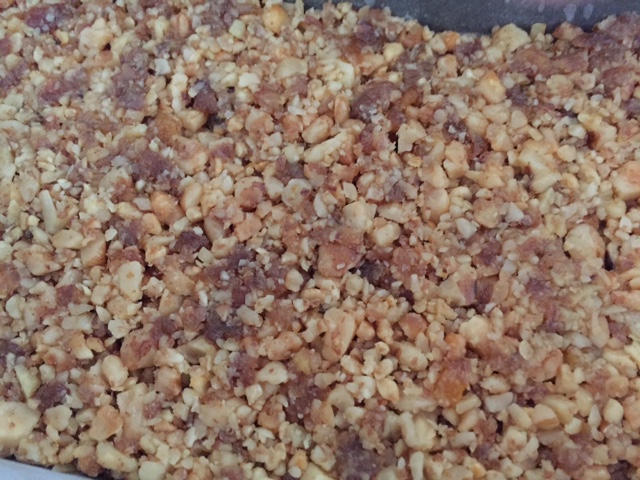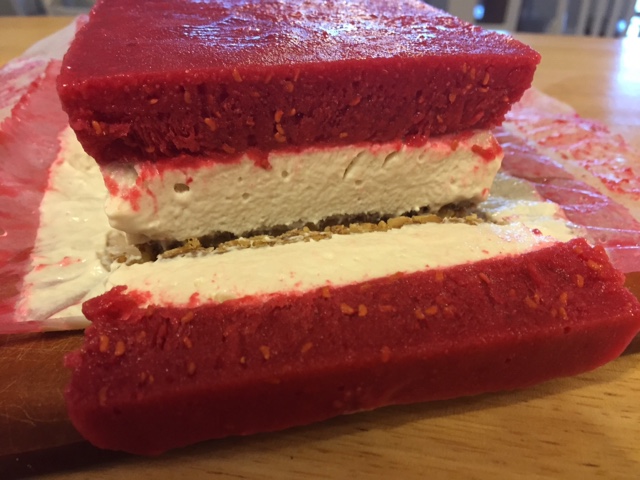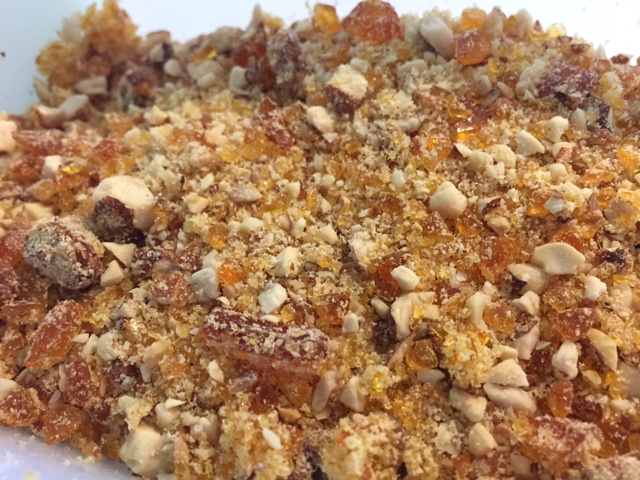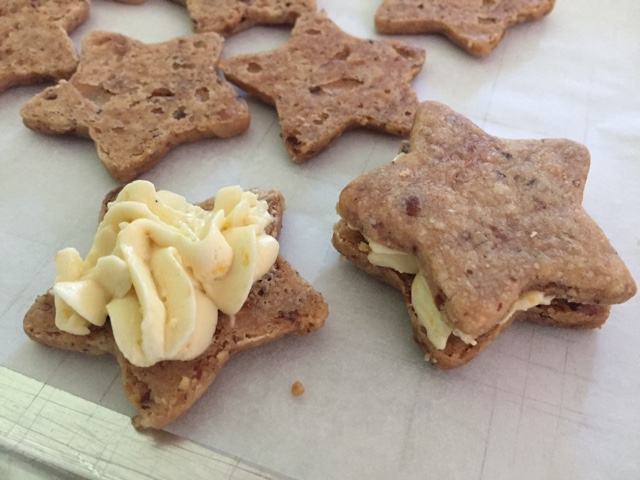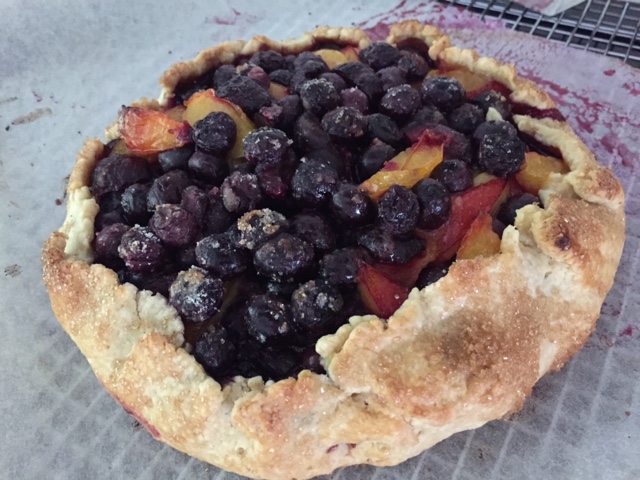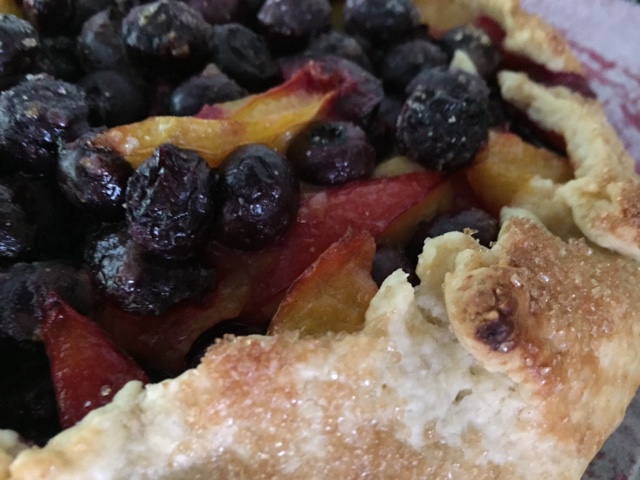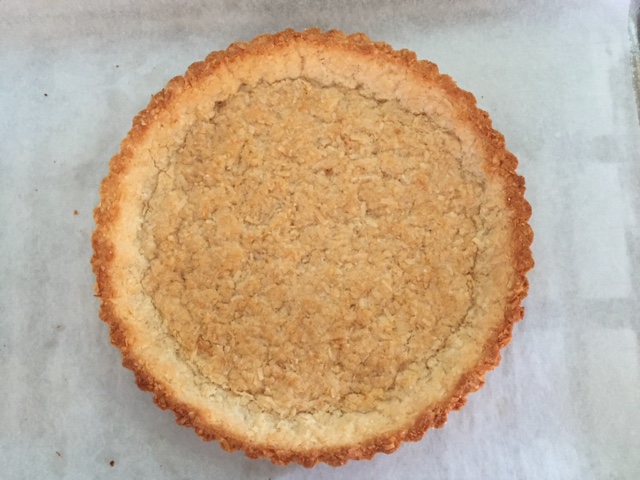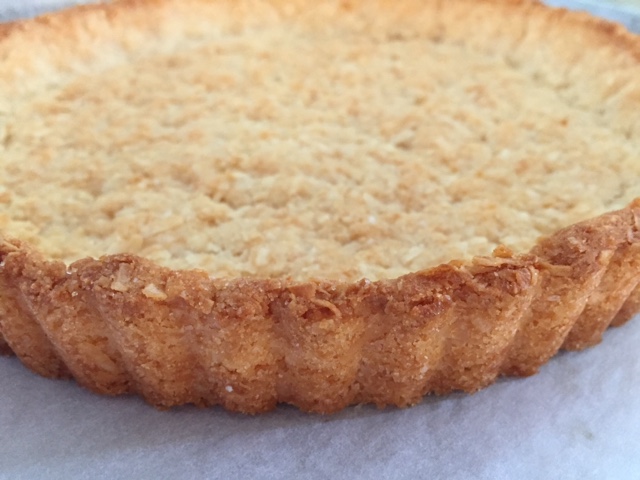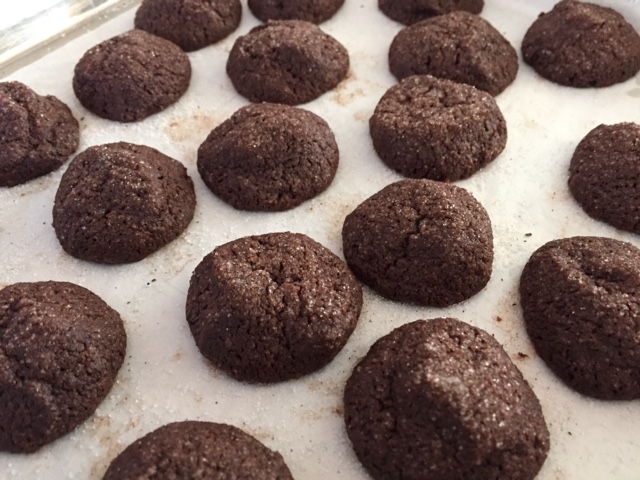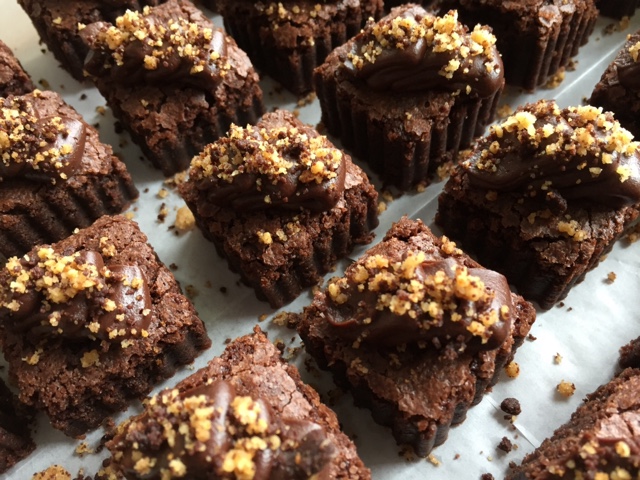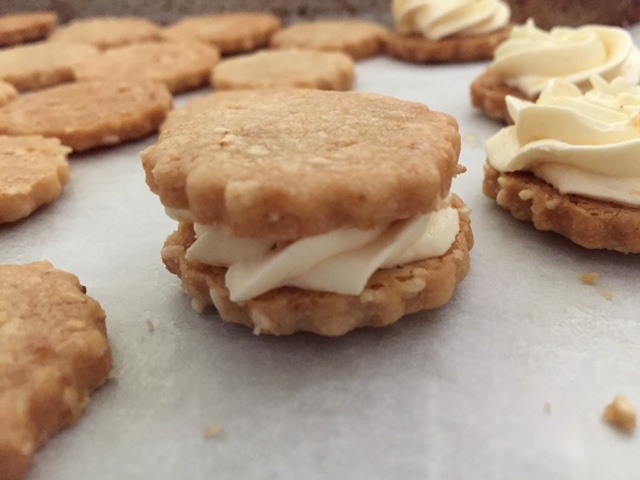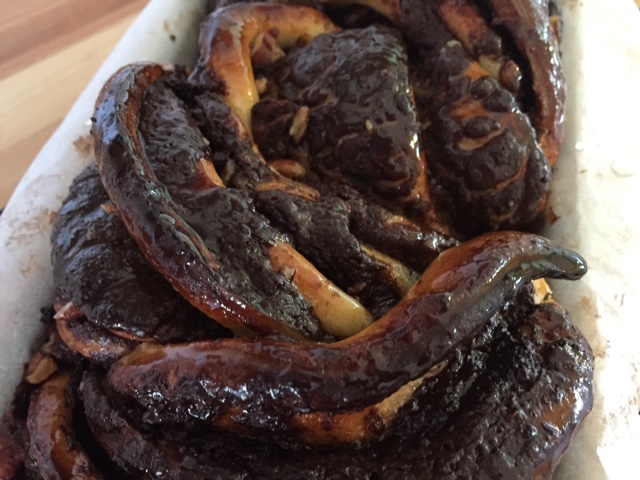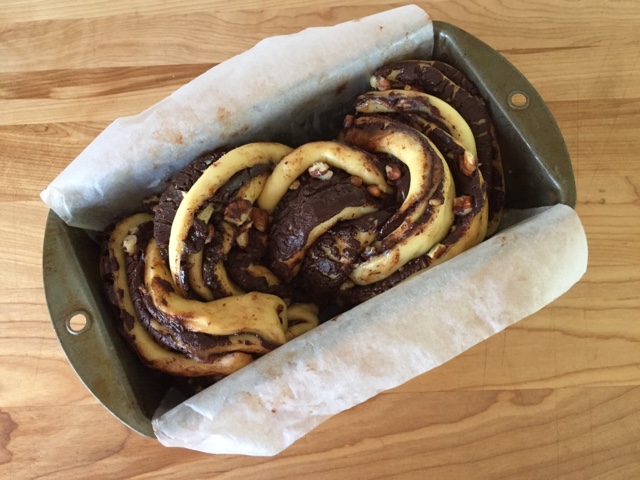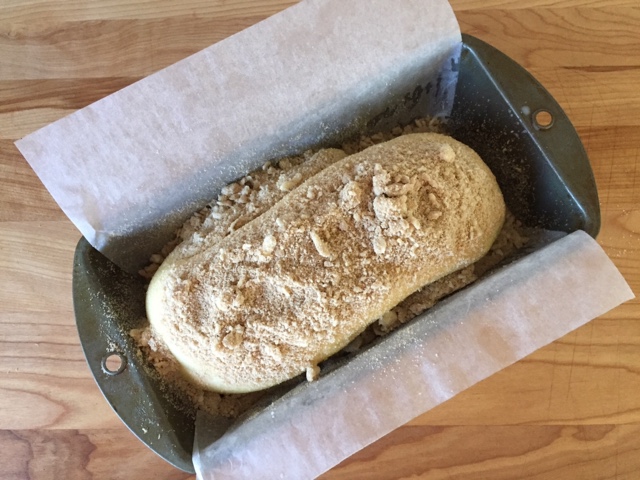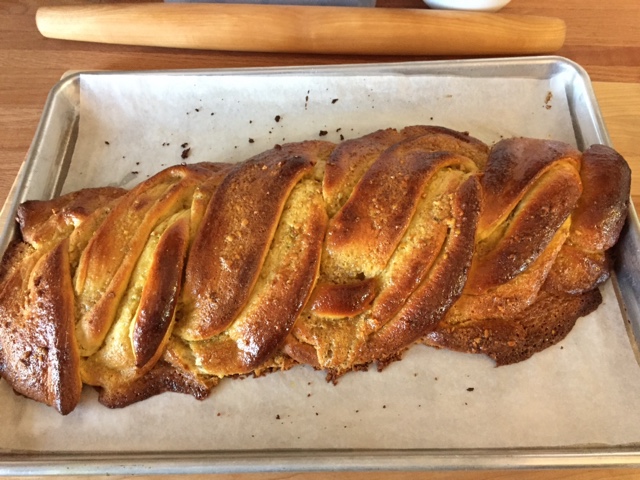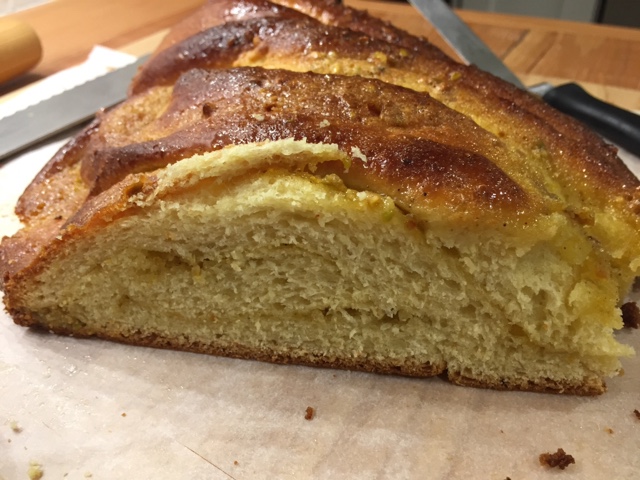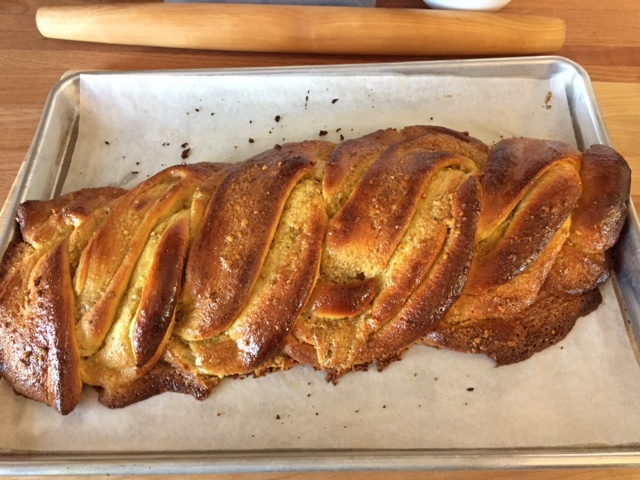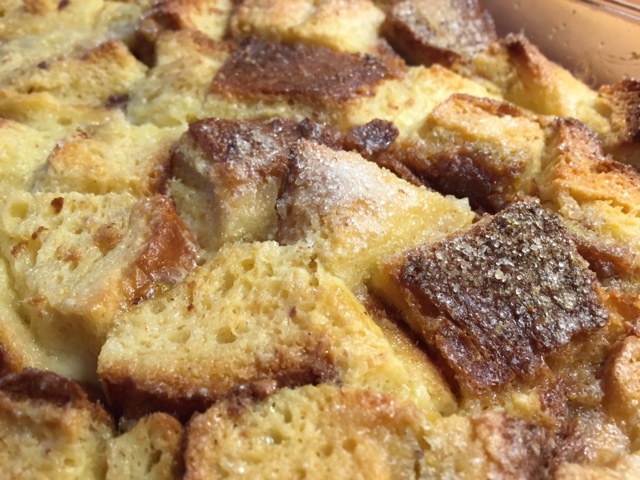Mocha custard tart
/Fall is definitely in full swing here in west Michigan, even though we've had some unseasonably warm days of late. But we'll take it! Winter will be here soon enough.
This weekend's dinner for the Galloway household consisted of Steve's layered onion/carrot/garlic/chicken/potato dish oven-cooked low and slow in our Staub enameled cast iron cocotte. Mom contributed a spinach strawberry salad, and I opted for a tart recipe I've had my eye on for awhile. I mean really, it's all about tarts for The Tarte!
I believe I've previously mentioned Alice Medrich's book Flavor Flours which I discovered in our local library some months ago. I've since purchased my own copy and am so satisfied with the recipes I've made so far. The book focuses on a number of alternate flours like teff, sorghum, chestnut, rice, oat and corn as well as nut flours (which I am totally on board with!).
The tart recipe calls for a GF teff chocolate crust, but I opted to use my stand-by chocolate short dough from the CIA's Baking and Pastry book. It was the first book I purchased after completing my Diplôme de Pâtisserie and mon stage in Paris in early 2007. Even though it's an older 2004 edition I still turn to it time and time again for all sorts of tips, techniques and recipes.
And I've been using this chocolate short dough ever since.
Tart ring lined and ready to bake
After fork-pricking the dough all over, chill the lined ring in the freezer for 15 minutes or so while heating the oven to 325ºF. The chill stabilizes the butter and helps the dough keep its shape during blind baking. Line the firm dough with a round of parchment, fill it with dried beans and bake for 12-15 minutes with weights, then another 5-8 minutes without weights. The crust should be set and look dry. Remember - it's your job to watch what's going on in that oven!
All baked and ready to fill
Lower the oven temp to 300ºF for the next phase of the project.
Just a note here. If you'd like to change things up a bit, you can use any pie or tart dough your little heart desires - choose your favorite pâte brisée or pâte sucrée (and it doesn't even have to be chocolate) or even a chocolate wafer or graham cracker or toasted coconut crumb crust. Add some chopped nuts if you want - you decide. Just remember to blind bake it first.
The KEY part to this tart is THE FILLING, and, once you make it, you'll know what I mean. So easy and so deliciously smooth it involves heating 1.5 cups heavy cream, 130 g sugar, 35 g cocoa powder (Dutch process or natural) and 55 g unsalted butter in a saucepan on the medium heat, stirring until everything is blended and it starts to simmer around the edges.
Remove from the heat and whisk in 1 teaspoon instant espresso powder and 3/4 teaspoon pure vanilla extract. Set aside.
Once the blind baked shell is out of the oven, whisk 1 large egg plus 1 yolk into the cream mixture and pour the filling into the hot crust. It's pretty loose so steady yourself for gentle placement into the oven without sloshing. You can do it.
Filled and ready for the oven
Bake for 10-15 minutes or even longer. I baked mine around 18-20 minutes before I was content with a nice wiggly/jiggly custard without waves rippling across the surface.
Cool on a rack and serve slightly warm or at room temperature. Here's my cooled tart - kinda reminiscent of a moonscape don't ya think?
While Alice dusts her tart with cocoa powder I was going for a bit more pizazz. I usually have some baked cookie or streusel crumbs in my freezer to use at a moment's notice whether it's to top ice cream, add a crunchy layer to a cakey-creamy type of concoction or to garnish a tart. Yup.
Out came the chocolate shortbread cookie crumbs which I sprinkled over the top of the tart, leaving a clear edge around the periphery.
Next up -crème Chantilly! But of course. Steve claims that anything is better with whipped cream on it, and, in this case, he was absolutely right. But then I pretty much knew that already.
For one cup of heavy cream I add 1-2 tablespoons powdered sugar and a splash of pure vanilla extract. Whip to medium soft peaks, enough so it will hold its shape, and spread or pipe as you wish.
Soft, pillowy mounds of cream like a string of rustic pearls entice us to dig in. And dig in we did.
This is one of the BEST fillings I have had in a long time. Smooth, luscious, creamy yet light with just the right intensity of chocolate and a hint of espresso - aaaaahhhhh. And the chocolate short crust, chocolate crumbs and whipped cream provided just the right marriage of textures and flavors. Oh boy.
Yes there were leftovers but the good news is this will keep covered in the fridge for a couple of days. Don't waste a bite of this one folks.
Before I leave you I'd like to share a few autumn images from our corner of the planet. Enjoy the season wherever you are and take care.





